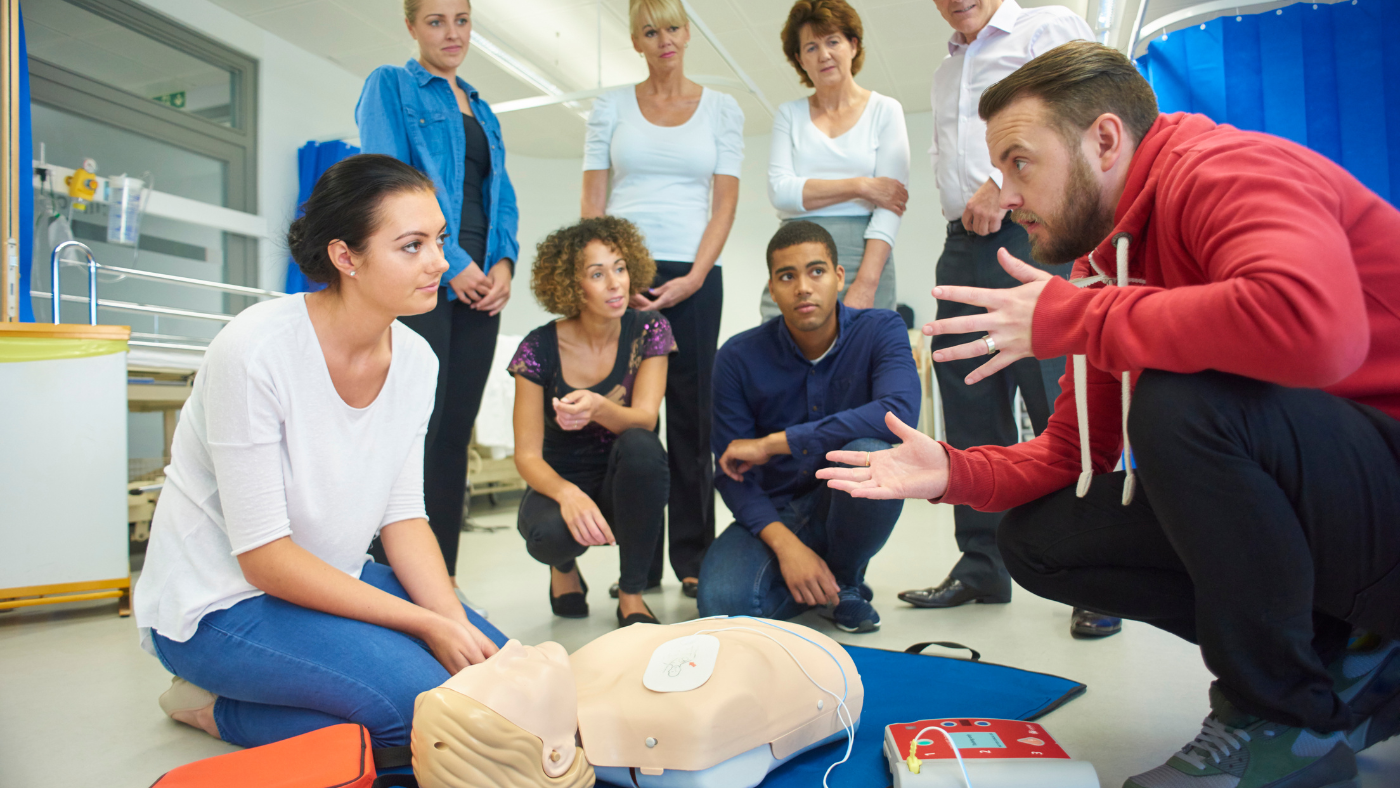An active lifestyle has countless benefits, from cardiovascular health to mental well-being. However, for those who thrive on high-energy activities—whether it’s competitive sports, recreational hiking, or even dancing—the physical demands on the body can take a toll over time, particularly on the joints. Our knees, hips, shoulders, and ankles endure significant stress, making it crucial to prioritize joint care. Proactive attention to joint health can help prevent injuries, maintain mobility, and extend your ability to engage in the activities you love. Knee Surgeons and other specialists can play a crucial role in restoring optimal function and relieving discomfort if pain or limited motion arises.
Table of Contents
ToggleUnderstanding the Demands on Active Joints
Joints are a form of connection between bones that enable our bodies to make many movements. These structures are composed of muscles, ligaments, and cartilage, all of which are integrated to facilitate smooth and efficient movement and stability. In the case of active enthusiasts, repetitive, high-impact changes in motion may put pressure on the joints and cause them to swell, wear out, or get injured.
For instance, in such tasks as running, playing basketball, or skiing, the knees are the first to show signs of discomfort. The constant pounding and stress can cause a runner’s knee, ligament injuries, or even degenerative arthritis. Some other joints, such as the hip and ankle joints, may also experience enhanced stress from jumping or quick changes in direction. Knowing these demands helps to comprehend why joint care is needed not only in case of pain but also to build further protection and flexibility.
Strategies for Optimal Joint Care
For active enthusiasts, joint health management is not just about the magic solution but creating a stable care regime to support the strength, flexibility, and balance we need. Pre- and post-activity warm-up exercises can increase muscle flexibility and minimize the likelihood of injury. Moderate warm-up aids blood circulation in the muscles and joints, preparing them for further activity. Muscle tension after exercise, cooling down, and stretching reduce the stress and soreness that may be felt the next day.

Strength training is another helpful approach to the problem. It can reduce the load on the joints and add stability to the muscles surrounding them. For example, strengthening the quadriceps, hamstrings, and calf muscles can help with knee issues, and glutes and core muscles can help take the pressure off the hips. Other examples of low-impact exercises include swimming or cycling, which are also very good for any activity person who wants to protect his or her joints while exercising.
As we shall see throughout this article, dietary factors also come in handy when it comes to joint maintenance. A healthy diet low in inflammatory agents, including fatty acids, fruits, vegetables, and whole grains, may help preserve joint function. The lack of adequate water means that the synovial fluid within joints is not at its best; hence, there is friction when moving. Other joint-friendly compounds such as glucosamine and chondroitin may also be helpful to some people, but some should not take any supplements without first consulting with a doctor.
Recognizing When to Seek Help
However, like other athletic people, some enthusiasts may still experience discomfort or pain even when following joint care regimes. Not paying attention to these symptoms may make the problem worse and cause more serious injuries. You should pay attention to your body and know when something might be wrong, like having pain, swelling, or stiffness that lasts for a long time. Such symptoms should not be regarded as mere pains; they could signal a joint ailment.

If self-care and preventative measures do not work, it is always advisable to consult a healthcare provider such as an orthopedist or a physical therapist. These specialists can accurately identify joint disorders, advise on the appropriate management plan, and provide advice from exercises to surgery. In extreme cases, joint replacement surgeries like knee or hip replacement may be required to correct certain deformities and improve the patient’s quality of life. Going to Knee Surgeons or specialists is a preventative action that can help maintain movement and prevent future adverse effects on your knee joint.
Long-Term Effects of Joint Management
Joint care is not only about relieving pains or healing aches but also about allowing enthusiasts to engage in their favorite activities without restrictions. Healthy joints keep a person fit, active, and independent, support athletic performance, and improve the quality of life. Joint health is important when scaling mountains, running marathons, or just enjoying your time with friends and family by engaging in physical activities.
In conclusion, joint care is essential for every person who lives an active life. Preventative measures, such as avoiding pressure on the joints and getting medical help when necessary, allow enthusiasts to be healthy and continue doing the activities they love. This includes simple stretches and consulting Knee Surgeons whenever necessary, and every action to improve joint health is an action towards a joyful life free from pain.





